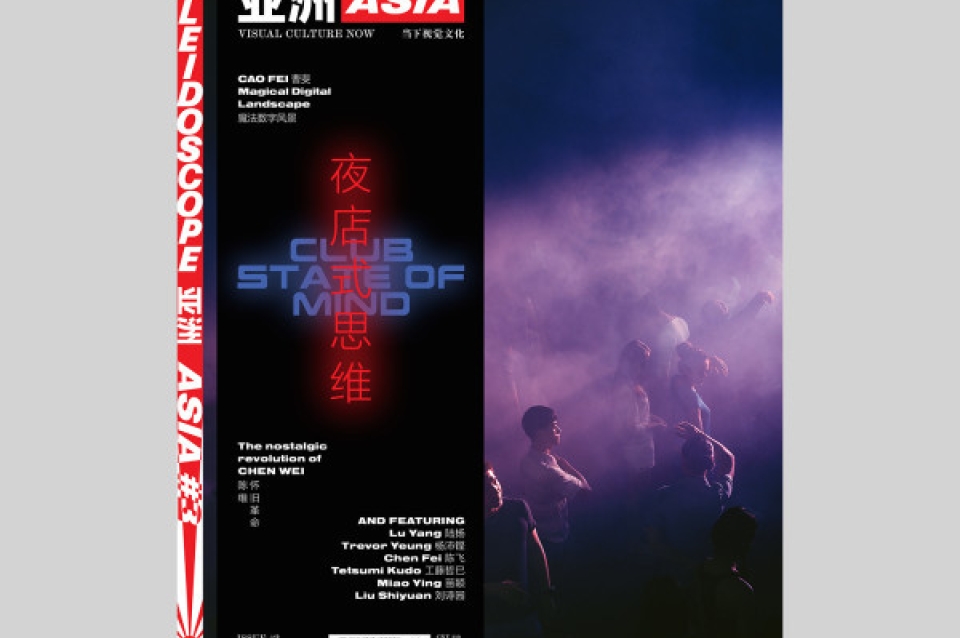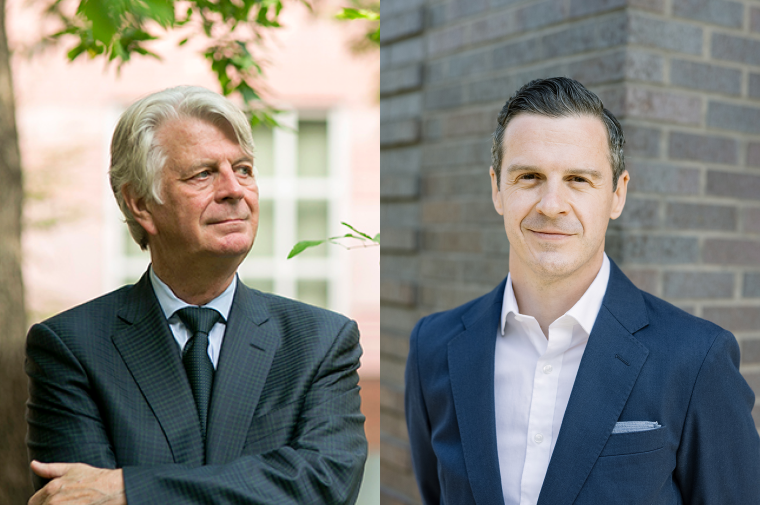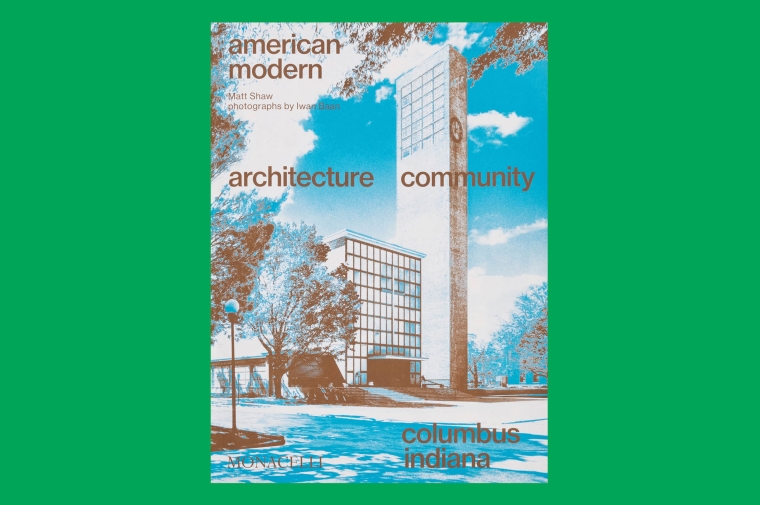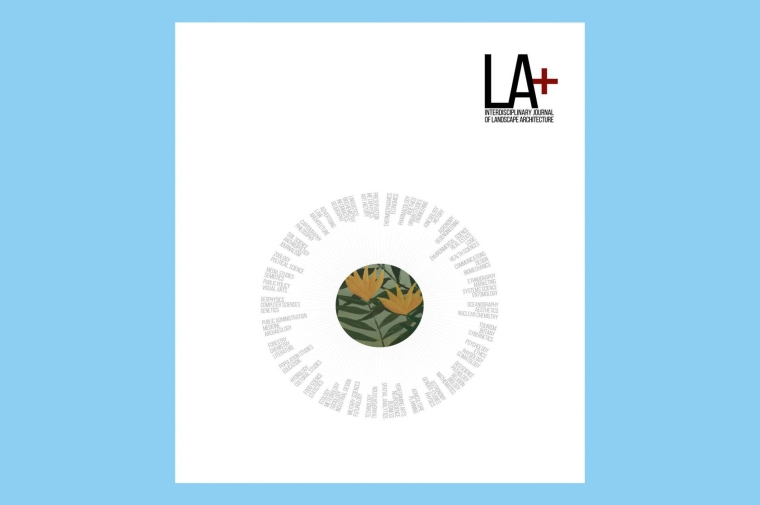April 9, 2016
Stuart Weitzman School of Design
102 Meyerson Hall
210 South 34th Street
Philadelphia, PA 19104
Get the latest Weitzman news in your Inbox
Media Contact
Michael Grant
mrgrant@design.upenn.edu
215.898.2539
Professor and Director of Undergraduate Fine Arts Ken Lum was interviewed for Issue #3 (Spring/Summer 2016) of KALEIDOSCOPE ASIA, the biannual and bilingual (Chinese/English) publication on contemporary art and culture from the Asia-Pacific region. Following is an excerpt from Lum’s conversation with Ying Tan.
YT: Now, before pursuing art, you studied Chemistry at Simon Fraser University, Canada. Being familiar with pressures from immigrant families, how do you think the value of a vocational career has changed within diasporic Asian communities?
KL: I think there continues to be pressure on children to pursue something financially gainful and relatable to the family. In that sense, not much has changed since I was young. Of course, the art world has changed. I could recount many stories to you regarding the surprise of curators and others upon discovering I’m ethnically Chinese, but that's all familiar to any person of difference in the 1970s and ‘80s. As for my own story, I had a talent for drawing from a very young age; I taught myself by copying from illustrated books, including comic books. I tried taking art class in high school, but I couldn’t abide by the teacher’s instructions. I couldn’t simply paint a landscape without including something disruptive or unexpected. The art teacher told me directly that I’d never become an artist because of what he considered a “lack of discipline.” So I stopped taking classes after ninth grade, and science studies became a default choice.
YT: You once said, “The process of recognition is critical to all my work, and that—the person or image needs to be true to reality for the viewer to identify with it. I think that’s the essential project of being an artist and also a human being: to imagine the subjectivity of someone else. Not just by putting yourself in their proverbial shoes, but also by trying to see yourself as being defined by others.” How has being in Vancouver, and subsequently Philadelphia, changed the way you view this “process of recognition”?
KL: I still think and work this way. Indeed, since moving to Philadelphia, it is probably more required of me to ask questions of others, given that the population in the American Northeast is more compressed and varied in every way. I remain interested in what is truly meaningful in terms of the constitution of subjects, of bodies. That curiosity has never waned. My thinking comes out of not feeling entirely comfortable with myself, whether it is the split I often feel between mind and body or sentiment and reason. I am always asking myself: is that all there is to life? I know it sounds morbid, but by extending a curiosity towards others, I find it helps in terms of setting in motion certain responses to this question.
YT: You’ve also said that you found life to be more “socially atomized in the United States, and [that] this atomization produces paradoxically strong yearnings for community.” How so?
KL: I think Vancouver is increasingly becoming more like Monte Carlo. Of course, there will always be pockets of the less fortunate, and the First Nations presence is significant, but the city is in crisis in terms of livability, particularly for younger people who grew up there. Philadelphia is a much larger city, with a metropolitan area of over six million people. Unlike Vancouver, it’s an old city, steeped in American history—I can walk down a street and discover that Billie Holiday lived here, or that Noam Chomsky lived there. It’s also recovering after 50 years of decline, an upward trend that began at the turn of the millennium and is now in full resurgence. I’m keenly interested in local histories, and the city is saturated with such stories, so it is interesting for me to be here now. I’m actually working on a large-scale public sculpture show next year that will deal with the question of what Philadelphia is at this moment in time. There will be much reflection on the city's history (or histories), including repressed and suppressed narratives.
KALEIDOSCOPE ASIA #3 was launched in March at Art Basel Hong Kong. To purchase and read the full interview, visit Kaleidoscope online.


 View Slideshow
View Slideshow



